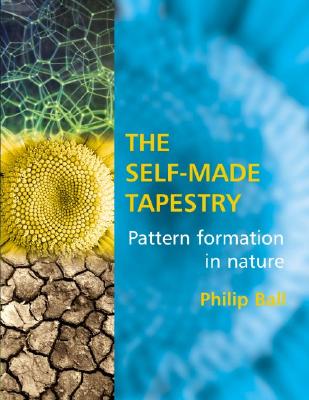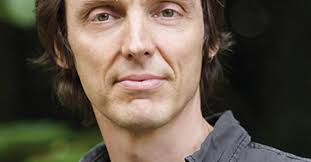

 Oxford University Press, USA
Oxford University Press, USA
The Self Made Tapestry: Pattern Formation in Nature


Key Metrics
- Philip Ball
- Oxford University Press, USA
- Paperback
- 9780198502432
- 9.74 X 7.42 X 0.73 inches
- 1.45 pounds
- Nature > Essays
- English
 Secure Transaction
Secure TransactionBook Description
Tracing the history of scientific thought about natural patterns, Ball shows how common presumptions--for example, that complex form must be guided by some intelligence or that form always follows function--are erroneous and continue to mislead scientists today. He investigates specific patterns in depth, revealing that these designs are self-organized and that simple, local interactions between component parts produce motifs like spots, stripes, branches, and honeycombs. In the process, he examines the mysterious phenomenon of symmetry and why it appears--and breaks--in similar ways in different systems. Finally, he attempts to answer this profound question: why are some patterns universal? Illustrations throughout the text, many in full color, beautifully illuminate Ball's ideas.
Author Bio
Philip Ball is a freelance science writer. He worked previously at Nature for over 20 years, first as an editor for physical sciences (for which his brief extended from biochemistry to quantum physics and materials science) and then as a Consultant Editor. His writings on science for the popular press have covered topical issues ranging from cosmology to the future of molecular biology.
Philip is the author of many popular books on science, including works on the nature of water, pattern formation in the natural world, color in art, the science of social and political philosophy, the cognition of music, and physics in Nazi Germany. He has written widely on the interactions between art and science, and has delivered lectures to scientific and general audiences at venues ranging from the Victoria and Albert Museum (London) to the NASA Ames Research Center, London's National Theatre and the London School of Economics.
Philip continues to write regularly for Nature. He has contributed to publications ranging from New Scientist to the New York Times, the Guardian, the Financial Times and New Statesman. He is a contributing editor of Prospect magazine (for which he writes a science blog), and also a columnist for Chemistry World, Nature Materials, and the Italian science magazine Sapere. He has broadcast on many occasions on radio and TV, and is a presenter of "Science Stories" on BBC Radio 4. He is a Fellow of the Royal Society of Chemistry, sits on the editorial board of Chemistry World and Interdisciplinary Science Reviews, and is a board member of the RESOLV network on solvation science at the Ruhr University of Bochum.
Philip has a BA in Chemistry from the University of Oxford and a PhD in Physics from the University of Bristol.
Source: PhilipBall.co.uk
Videos
No Videos
Community reviews
Write a ReviewNo Community reviews